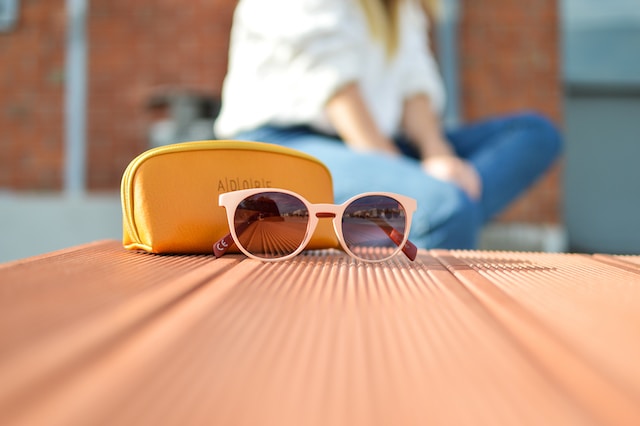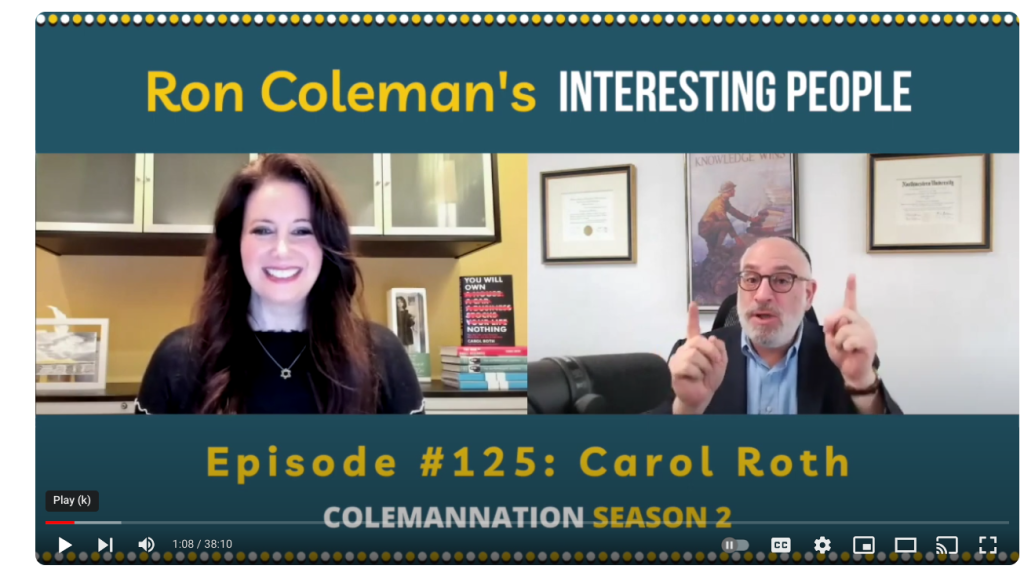
Carol laughed when I asked her if I owed her for product placement. You might not know that every interview she does from her office has her books and her action figure on one side, and a small watercolor on the other side.
In one interview with a big-name celebrity I watched, the interviewer asked about the action figure and I was hoping he might inquire about the watercolor on the other side because I am the artist.
He did not.
However, this got me thinking about the product placement industry and researching how it works.
Statista.com says:
From car badges in movies to Lady Gaga flashing LG displays in the “911” music video and RuPaul incorporating House of Love canned cocktails and mocktails into every episode of his reality TV show, product placement is a multi-billion-dollar industry. The global market is expected to grow by over 12 percent to 29 billion U.S. dollars in 2023.
Wowza.
I am sure you are now remembering specific brands you associate with your favorite TV shows or movies. Those products aren’t there randomly – those companies paid a lot of money to have them on the set.
Sometimes brands pay millions for product placement, and sometimes they are happy to help out for exposure. In “The economics of movie product placements” on The Hustle, I learned:
- Harley-Davidson paid $10m to get its electric motorcycle featured in Marvel’s Avengers: Age Of Ultron (2015).
- Heineken shelled out an estimated $45m for 7 seconds of screen time in the James Bond film Skyfall (2012).
- BMW plunked down ~$110m to supply cars for GoldenEye (1995), Tomorrow Never Dies (1997), and The World is Not Enough (1999) before Aston Martin outbid them with a ~$140m offer for Die Another Day (2002).
It’s also interesting to note two brands who got a lot of screen time and didn’t pay for it.
- Reese’s got star treatment in E.T. (1982) after M&Ms turned down Speilberg over fears the alien would scare kids.
- Ray-Ban didn’t pay film producers for its prominent placements in Risky Business (1983) and Top Gun (1986).
Product placement is not new. In this Fast Company article I learned:
The oldest examples date all the way back to the invention of motion pictures, when the Lever Brothers’ Sunlight Soap appeared in the Lumiere films in Europe in 1896. In the 1930s, Procter & Gamble sponsored daytime dramas to feature its Oxydol soap powder, beginning shows with lines like “now here comes Oxydol’s own Ma Perkins”—an advertising technique that birthed the colloquial phrase soap operas.
This article went on to explain that product placement is growing because people skip or ignore advertisements on TV and streaming platforms and at the beginning of videos so product placement is a way to get a brand in front of consumers.
That makes perfect sense to me. Anyone else pay for YouTube Premium so you don’t see ads?
So no, I do not owe Carol money for product placement. She said she keeps my watercolor there because she likes it. And I smile every time I see my picture next to her.

Photo by Tamara Bellis on Unsplash

